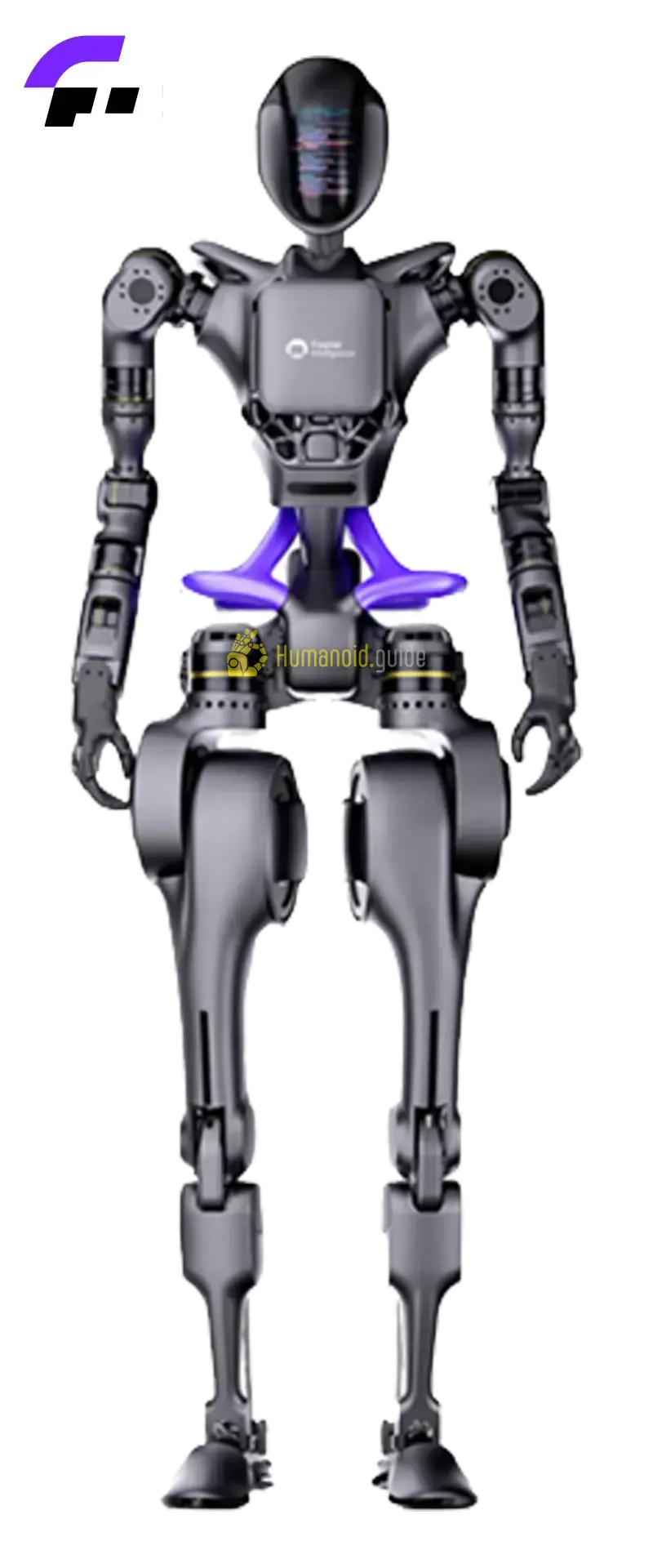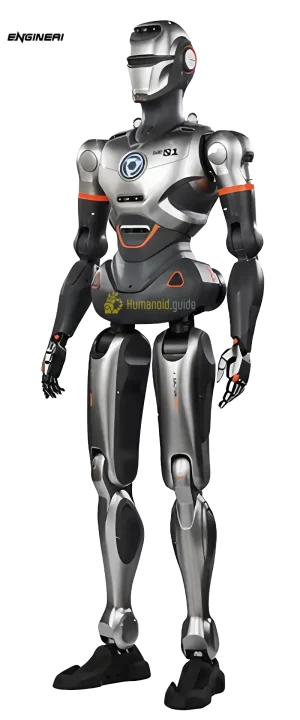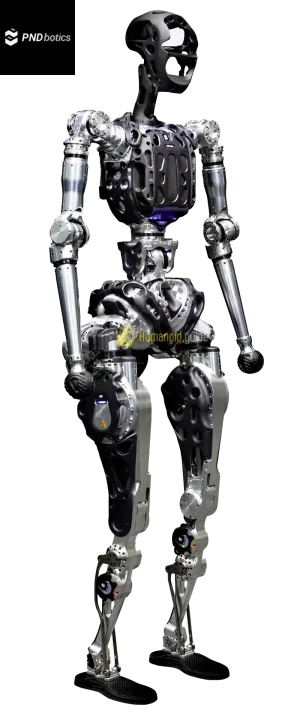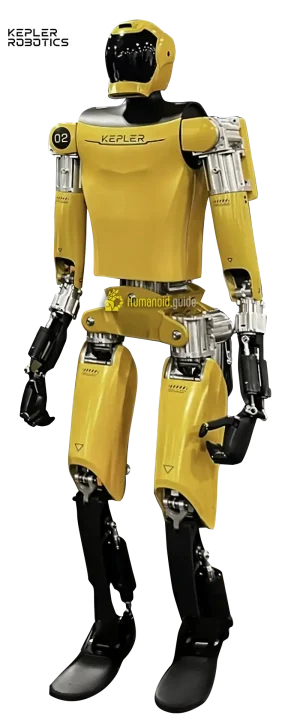GR-1

$ 125 000

The GR-1 is an advanced humanoid robot developed by Fourier Intelligence, a Shanghai-based company specializing in robotics and rehabilitation technology. Unveiled in 2023, the GR-1 represents a significant step forward in the field of general-purpose humanoid robots.
Humanoid.Guide skill score: 6/10 This score is calculated as the combined total of Navigation and Manipulation performance.

Specifications and details:
| Availability | Prototype |
|---|---|
| Nationality | China |
| Website | https://fourierintelligence.com/gr1/ |
| Degrees of freedom, overall | 25 |
| Degrees of freedom, hands | N/A |
| Height [cm] | 165 |
| Manipulation performance | 3 |
| Navigation performance | 3 |
| Max speed (km/h) | 5 |
| Strength [kg] | 15 |
| Weight [kg] | 55 |
| Runtime pr charge (hours) | 2 |
| Safe with humans | N/A |
| CPU/GPU | N/A |
| Ingress protection | N/A |
| Camera resolution | N/A |
| Connectivity | N/A |
| Operating system | N/A |
| LLM integration | N/A |
| Latency glass to action | N/A |
| Motor tech | N/A |
| Gear tech | N/A |
| Main structural material | N/A |
| Number of fingers | N/A |
| Main market | N/A |
| H.G skill score | 5 |
| Verified | Not verified |
| Walking Speed [km/h] | 3 |
| Shipping Size | N/A |
| Color | N/A |
| Manufacturer | Fourier Intelligence |
Description
The Fourier GR-1 humanoid robot stands 1.65 meters tall, weighs 55 kilograms, and features 40 degrees of freedom for advanced mobility and dexterity. Designed to mimic human proportions, the Fourier GR-1 humanoid robot can walk at 5 km/h, carry up to 50 kg, and interact naturally through AI-powered language and visual perception systems.
2026 Humanoid Robot Market Report
160 pages of exclusive insight from global robotics experts – uncover funding trends, technology challenges, leading manufacturers, supply chain shifts, and surveys and forecasts on future humanoid applications.

Featuring insights from
Aaron Saunders, Former CTO of
Boston Dynamics,
now Google DeepMind

2026 Humanoid Robot Market Report
160 pages of exclusive insight from global robotics experts – uncover funding trends, technology challenges, leading manufacturers, supply chain shifts, and surveys and forecasts on future humanoid applications.
One of the GR-1’s standout features is its advanced mobility. The robot can walk at speeds up to 5 km/h (3.1 mph) and carry payloads of up to 50 kg (110 lbs). Its sophisticated balance and navigation systems enable it to traverse various terrains and avoid obstacles autonomously.
The GR-1’s hands are particularly noteworthy, with 11 degrees of freedom that allow for precise object manipulation. The robot can securely grasp items of different shapes and sizes, adjusting its grip strength as needed. This dexterity makes the the humanoid suitable for a wide range of tasks in healthcare, industrial, and domestic settings.Fourier Intelligence has equipped the GR-1 with advanced AI capabilities, including a multimodal language model comparable to ChatGPT. This allows the robot to understand and respond to natural language commands, enhancing human-robot interaction. The GR-1 also features visual perception algorithms that enable it to recognize objects and people in its environment.

Get the Right Humanoid
Our Connect Service gives you a fixed-fee, unbiased shortcut to finding, testing, and choosing the right humanoid robot:
The robot’s potential applications are diverse. In healthcare, it could assist with patient mobility, moving individuals from beds to wheelchairs. In industrial settings, it could perform various manufacturing and logistics tasks. The GR-1 is also being considered for roles in education, research, and household assistance. Fourier Intelligence has ambitious plans for the GR-1, aiming to manufacture 100 units by the end of 2023
The company sees the robot as a solution to labor shortages, particularly in the healthcare sector, where an aging population is increasing demand for medical services.As the GR-1 moves from prototype to production, it represents a significant advancement in humanoid robotics. Its combination of mobility, dexterity, and AI capabilities positions it as a versatile platform capable of addressing various challenges across multiple industries. While still in development, the GR-1 showcases the potential for humanoid robots to become integral parts of our future workforce and daily lives.
Contact Humanoid.guide
Website: fourierintelligence.com/gr1.





